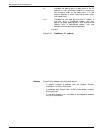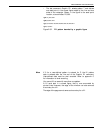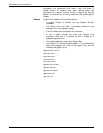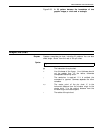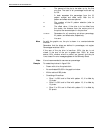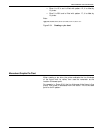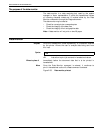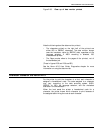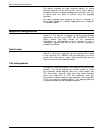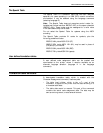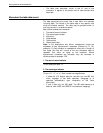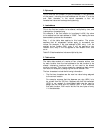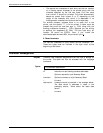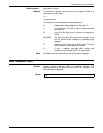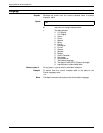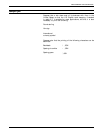
XES COMMAND LANGUAGE MODE
This section discusses the data encoding systems, or coding
schemes, supported on the 4213 printer, how to load a table of
characters using the Character Reassignment command, and how
to switch from one table to another using the Language
command.
The actual language code mappings are found in Appendix A.
Other tables needed for character assignments are in appendix
D, “Reference tables.”
Supported coding schemes
Tables D-2, D-3, and D-4 in appendix D list the coding schemes
supported by the 4213 printer: ASCII, ISO, and EBCDIC. The ISO
coding scheme has been derived by the International
Organisation for Standardisation and is intended for use in
international markets. Note that the ASCII code set is essentially
a subset of the ISO set.
Control codes
Table D-1 lists control codes (with hex value less than 20 in ASCII
or ISO; less than 40 in EBCDIC) that are meaningful to the 4213
printer, their most common uses in those environments, and the
ways in which the printer responds to them.
7-bit coding schemes
Non-EBCDIC hosts may transmit 7-bit codes to the 4213 printer;
however, 7-bit coding schemes are normally unable to invoke
font characters whose assigned code has a value greater than
7FH (the primary code set). Most fonts have some characters
within the range 80H to FFH (the secondary code set).
Multinational character mapping uses characters in the range 80H
to FFH to construct a language specific, 7-bit mapping table that
includes all standard national language characters.
2-108 XEROX 4213 LASER PRINTER PROGRAMMER REFERENCE



